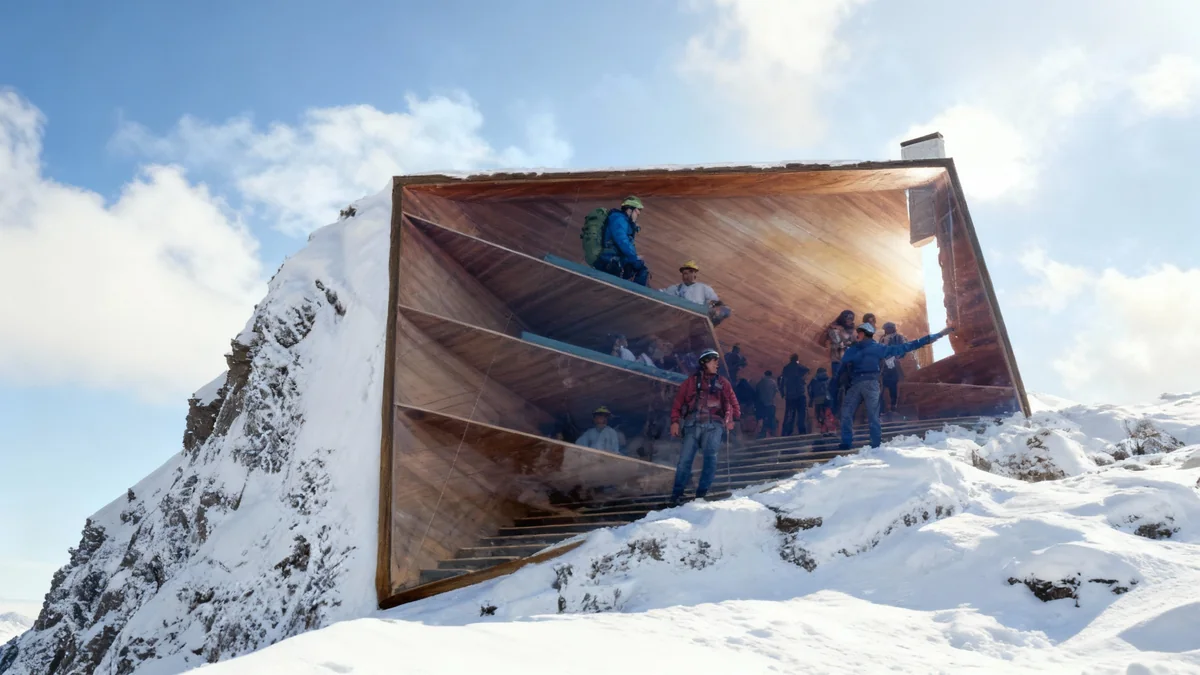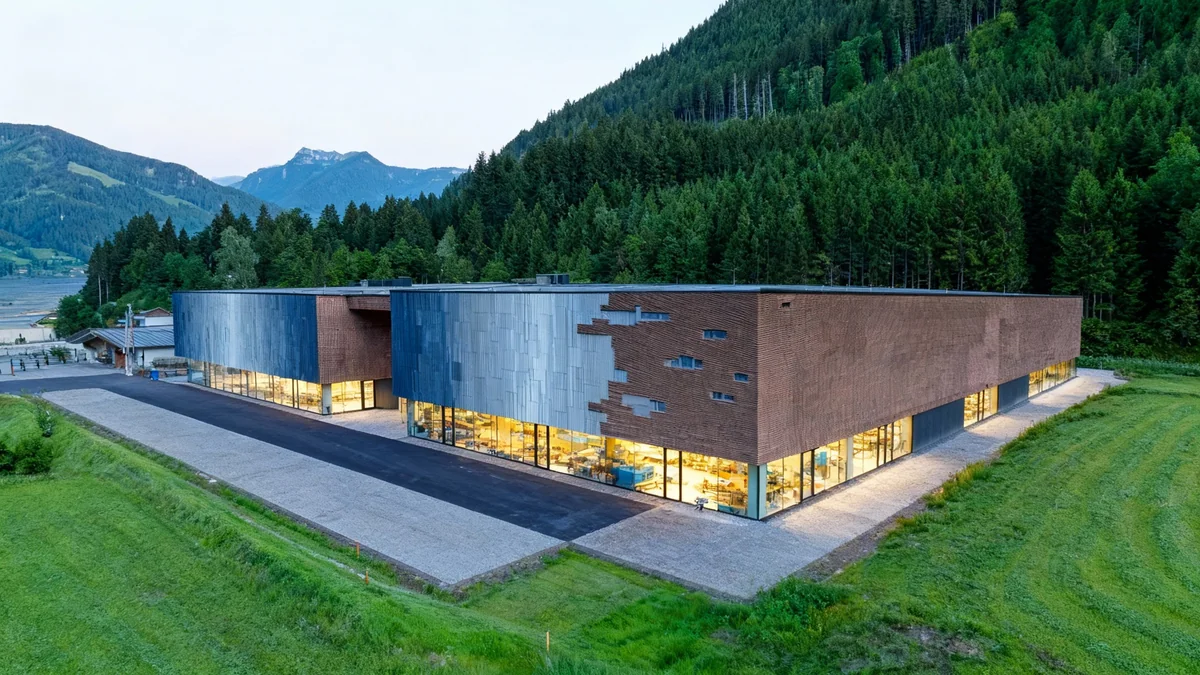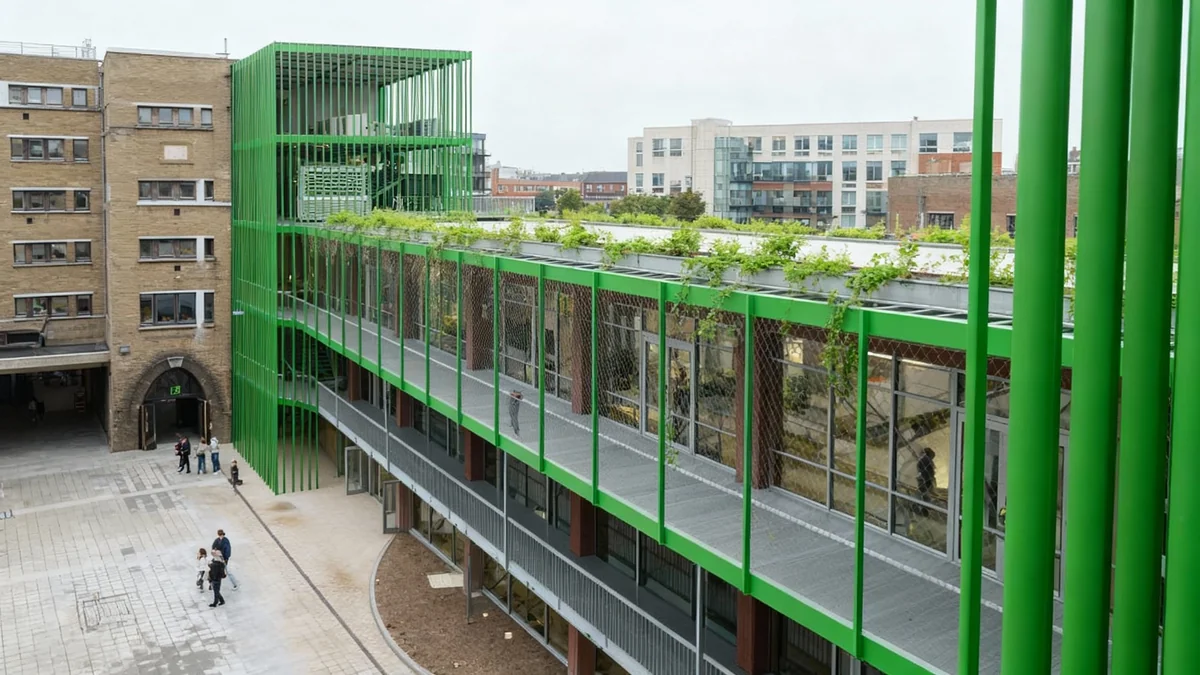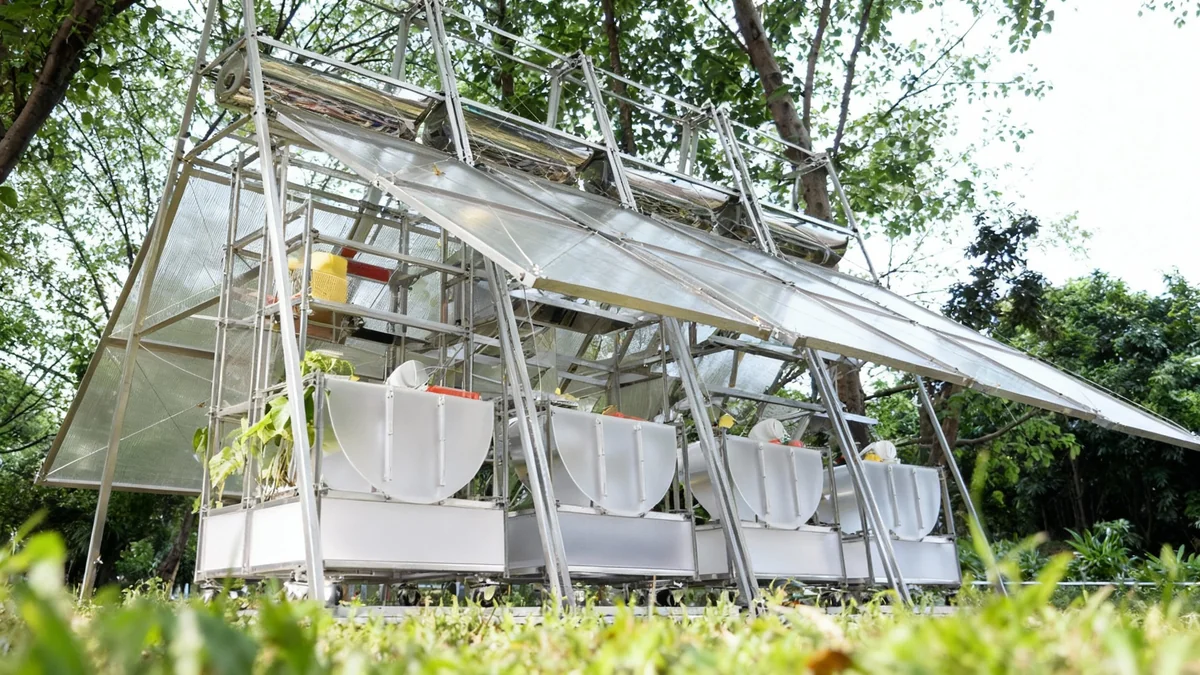A new Vipp guesthouse has opened on Storemolla island in Norway's Lofoten archipelago. Designed by LOGG ARKITEKTER, the timber structure perches on stilts above the shoreline, offering a modern interpretation of traditional Norwegian fishing cottages. This development is part of the larger True North Lofoten Village, a master-planned project by Snøhetta focused on integrating contemporary architecture with the region's raw natural environment.
Key Takeaways
- Vipp's 13th guesthouse is now open on Storemolla island, Norway.
- Designed by LOGG ARKITEKTER, it draws inspiration from traditional rorbuer cottages.
- The guesthouse is part of the Snøhetta master-planned True North Lofoten Village.
- It aims for minimal environmental impact and seamless integration with the Arctic landscape.
- Large windows provide uninterrupted views of the sea and Arctic light.
A Modern Echo of Lofoten's Heritage
The new Vipp guesthouse extends a long tradition of simple wooden structures that have supported the fishing culture in Lofoten for centuries. Historically, skippers on Storemolla anchored their boats near modest, one-story rorbuer cottages. These traditional shelters were often raised on stilts to adapt to the changing tides.
LOGG ARKITEKTER's design for the new guesthouse consciously reflects this vernacular logic. The structure functions as both a comfortable cabin and a contemporary boathouse, resting on slender stilts that are anchored directly into the rock formations along the coast. This design choice honors the island's past while providing a modern, immersive experience.
Interesting Fact
The Lofoten archipelago is famous for its dramatic scenery, including sharp peaks, deep fjords, and picturesque fishing villages. It is a popular destination for nature lovers and adventurers.
Dissolving Boundaries Between Shelter and Seascape
Diederik Advocaat Clausen of LOGG ARKITEKTER explained the core intention behind the design. "The intention was to dissolve the boundary between shelter and seascape," Clausen stated. This philosophy guided the architectural choices, creating a structure that feels connected to its surroundings.
Each unit is a precise timber structure, characterized by minimal expression and a strong directional focus. The design guides the eye outward, emphasizing the vastness of the sea. The weathered wood exterior and sharp geometric lines give the cabin a dual appearance, making it seem both temporary and deeply rooted in its location. This architectural approach respects the immense scale of the natural setting.
True North Lofoten Village: A Responsible Approach
The Vipp guesthouse is an integral part of the True North Lofoten Village. This larger project, master-planned by the renowned firm Snøhetta, represents a shared ambition to create a responsible model for Arctic hospitality. The village gathers a constellation of buildings designed by various Norwegian studios, all working to redefine how visitors engage with Lofoten's exposed environment.
Kjetil Trædal Thorsen of Snøhetta highlighted the delicate balance required for such a project. "Working in a place as breathtaking and ecologically sensitive as Lofoten demands a meaningful response," Thorsen commented. He emphasized that True North Village honors the region's heritage by engaging in dialogue with both the landscape and the local community.
Project Context
True North Lofoten Village aims to offer a unique hospitality experience that prioritizes environmental sensitivity. The masterplan ensures that built structures coexist harmoniously with the untouched natural terrain, preserving the region's unique ecological balance.
Integration with Nature
This measured approach extends to the rhythm of built and unbuilt spaces within the village. Between each cabin, the natural terrain remains largely untouched. Moss, stone, and seaweed form the essential connective tissue of the village, emphasizing the natural environment.
The architecture, intentionally sparse, acts as an invitation to inhabit the environment rather than merely frame it. This design choice encourages guests to immerse themselves in the raw beauty of Lofoten. The project is expected to be completed in October 2025.
Vipp's Expanding Portfolio of Retreats
The Lofoten guesthouse marks the thirteenth entry in Vipp's growing portfolio of bookable retreats. Vipp, a Danish design brand, is known for its minimalist approach and high-quality products. Their guesthouses explore diverse architectural typologies, each offering a distinct experience.
"Our palette of guesthouses explores different architectural typologies," said Kasper Egelund, CEO and third-generation owner of Vipp. "The products remain constant, but the surroundings transform the experience. Lofoten stands as one of the most striking natural settings in the north."
This new location exemplifies Vipp's commitment to combining sophisticated design with unique natural settings. The large windows of the guesthouse frame uninterrupted views, allowing guests to experience the shifting Arctic light and the expansive sea.
Vipp's Global Presence
Vipp's guesthouses are strategically located in diverse natural and urban environments worldwide, from the Tasmanian wilderness to a 13th-century Italian palazzo, each offering a distinct architectural and experiential journey.
Architectural Details and Views
The cabin's design features large windows that capture the dramatic Arctic light, providing panoramic views of the sea and the surrounding landscape. These expansive openings create a sense of openness, blurring the lines between the indoor living space and the wild outdoors.
The choice of timber for the structure not only pays homage to local building traditions but also ensures that the building ages gracefully, blending further into its rugged surroundings over time. The careful placement on stilts minimizes the footprint on the delicate shoreline ecosystem.
This project represents a significant addition to Norway's architectural landscape, showcasing how contemporary design can respectfully integrate with and enhance some of the world's most pristine natural environments. It offers travelers a unique opportunity to connect with the Arctic wilderness in comfort and style.




